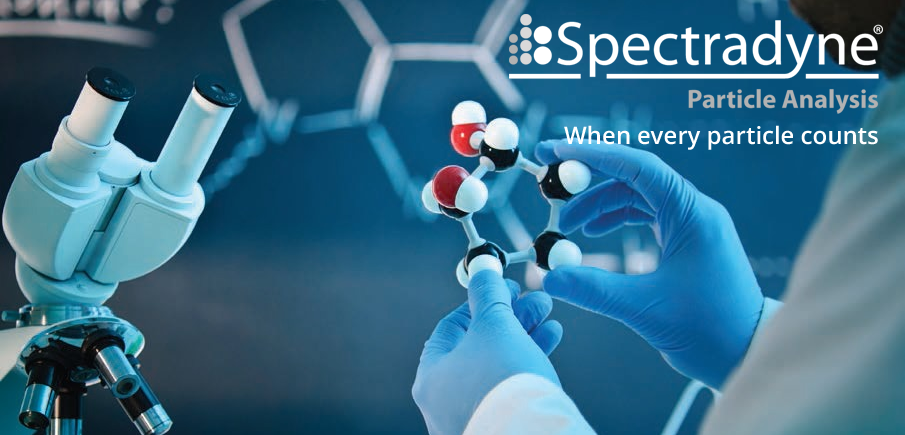

Given the necessary technology, it's unlikely any scientist would consider comparing the efficacy of two particle-based therapeutics without controlling for equal dose. But if your particle analysis technology is off by an order of magnitude or more, isn't this what you're doing? Learn how you can reduce variability in your experimental outcomes by measuring concentration more accurately with Spectradyne's nCS1.
Our new webinar will be held April 1, 2020 at 1 pm eastern time - register here.
This year the value of Spectradyne's technology has been featured in many
refereed articles. Recently, researchers at UCLA studying extracellular vesicles from auditory cells as carriers for drugs and mediators found that MRPS provides them with a deeper understanding of the distribution of their exosomes, in contrast to the incomplete information obtained by nanoparticle tracking analysis (NTA) technology.
G. M. Kalinec, L. Gao, W. Cohn, J. P. Whitelegge, K. F. Faull, F. Kalinec, Front. Cell. Neurosci. 13, 530 (2019)
Scientists at the Research Centre for Natural Sciences (Budapest, Hungary) coupled Spectradyne's microfluidic resistive pulse sensing (MRPS) to Flu-SEC (Fluorescence-Size Exclusion Chromatography) to accurately size EV populations and verify the measured fluorescence intensity to the number concentration.
D. Kitka, J. Mihaly, J.-L. Fraikin, T. Beke-Somfai, and Z. Varga, Sci. Reports 9, 19868 (2019)
Spectradyne received positive feedback from its customers that also use flow cytometry to quantify extracellular vesicles (EVs) or other particles in biological samples. These customers find significant value in Spectradyne's non-optical detection method to deliver new insights into sample composition that cannot be obtained by optical methods such as flow cytometry alone. With more accurate concentration and size measurements by the Spectradyne's nCS1TM, researchers found the coupling of MRPS to fluorescence-based flow cytometry provide for a unique and complete sample analysis of small particles in heterogenous biological samples.
Learn more on how Spectradyne's nCS1TM adds value to flow cytometry
here!
At Spectradyne, we love data and we're always looking for more ways to dig into what they can tell us. The MRPS technology in the nCS1 allows us to capture the time trace of each individual particle as it moves through the sensing zone. We use the recorded data to generate high-resolution information on size and concentration. To better appreciate the particles this way, we can turn the time-domain data into audio file for a truly unique listening experience.
Listen to the real time particle counting here!
Does your current particle sizer do this? Do you want to hear what your formulations are trying to tell you? Contact us and let us know!
Mark Ruane joined our team on January 1 of this year and comes to us from a successful history of delivering technology solutions to researchers in the life sciences. Mark is based in the San Francisco Bay area and will serve territories in the Western US. Mark is already making a good mark, helping new contacts learn how our technology can help improve their science and save them time. Interested in a quote? Contact him here!